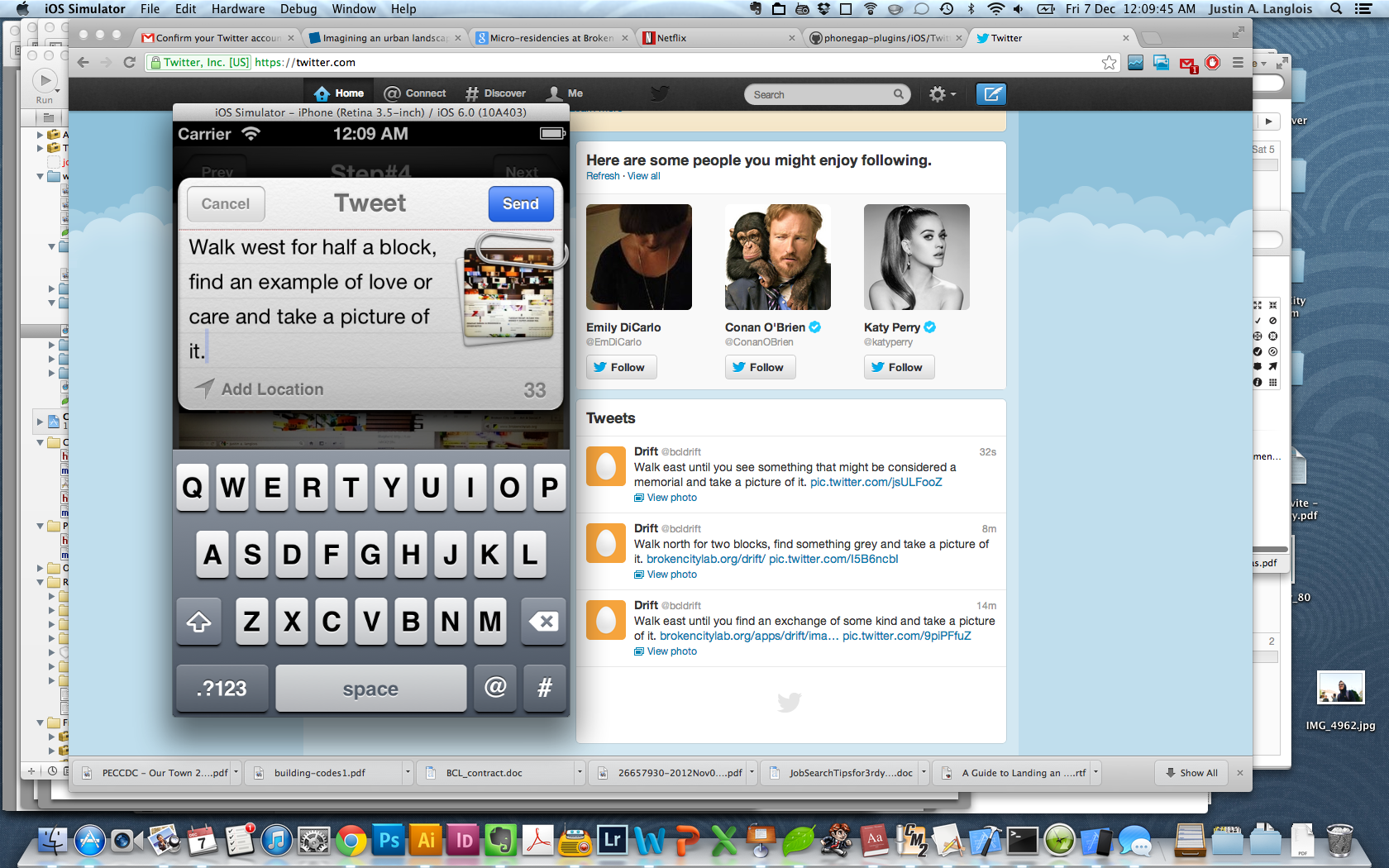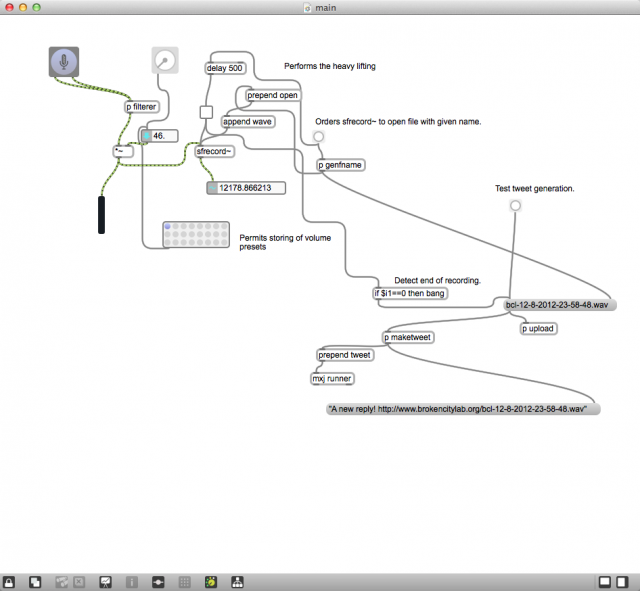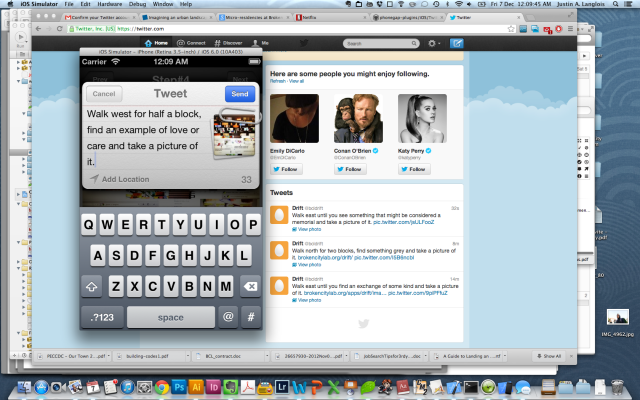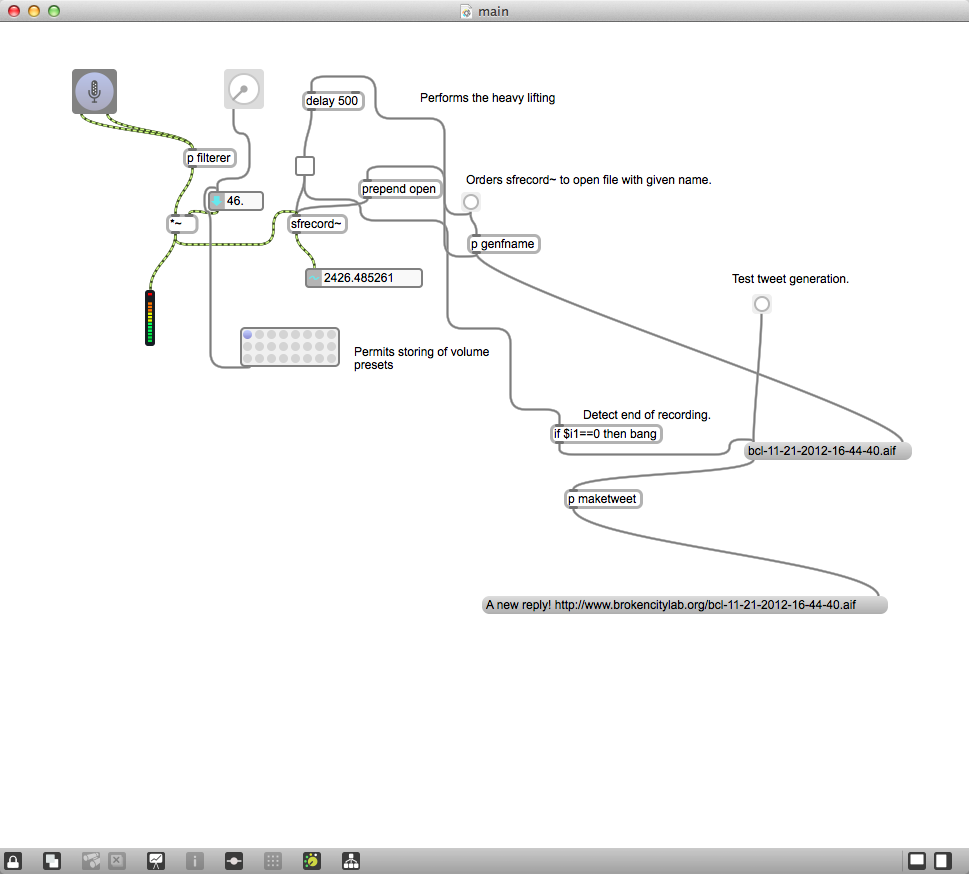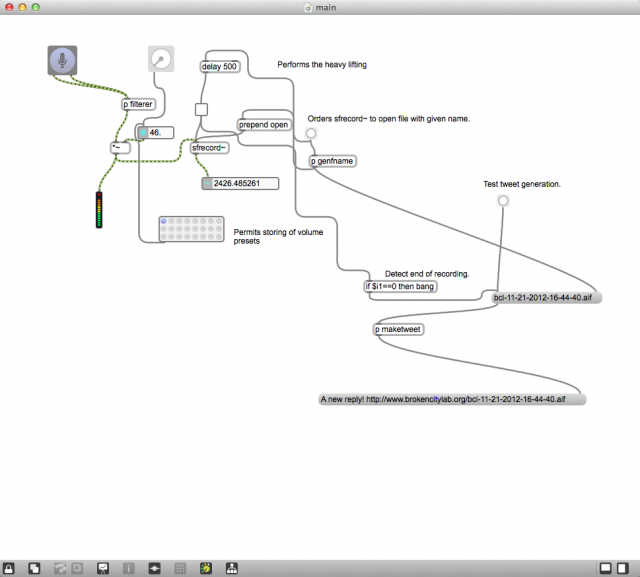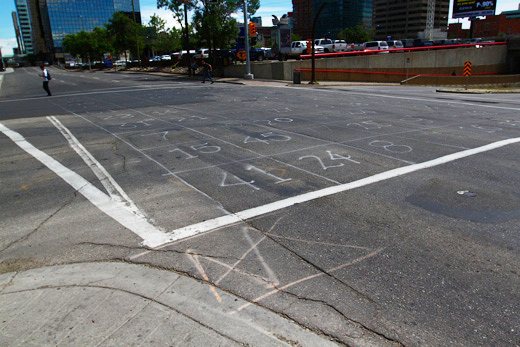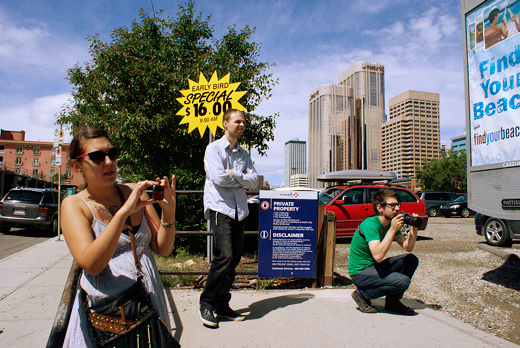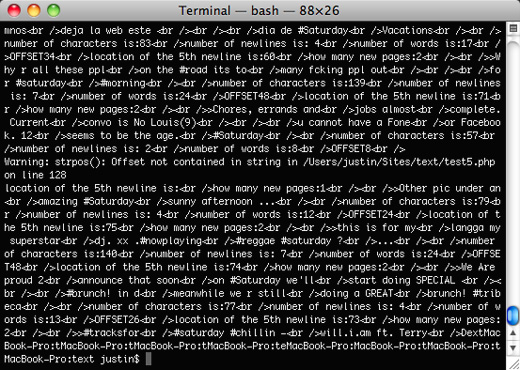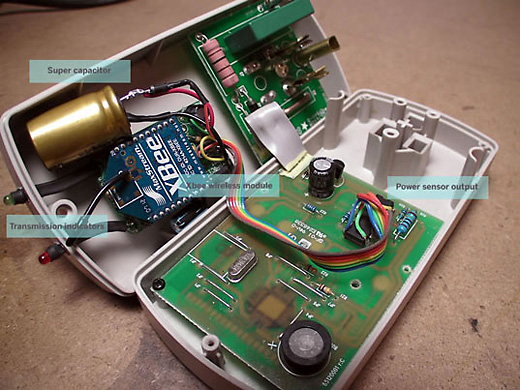
Made from a hacked Kill A Watt, a device used to measure energy usage from a power outlet, Ladyada made this real-time Twittering energy monitor. The Tweet-A-Watt can be made for around $50, and would be used in each room—your office’s power bar would have one connected to it, your living room, bedroom, etc. Check out the Twitter feed, as it reports on the energy used around every 8 hours.
A great idea, and all the better that it came out of working with existing products to make them more functional. As with many visualization and data reporting techniques though, I find there’s a bit of a gap between seeing the numbers (for example, 134.0 Watts, 4133 Wh in last 24hr, 5510 Wh previous day), and understanding what the numbers mean. Is 4133 Wh in the last 24 hours good or bad? However, at least being able to track and begin to understand the relationship between your activities and energy usage is a step in the right direction.
[via Inhabitat]
